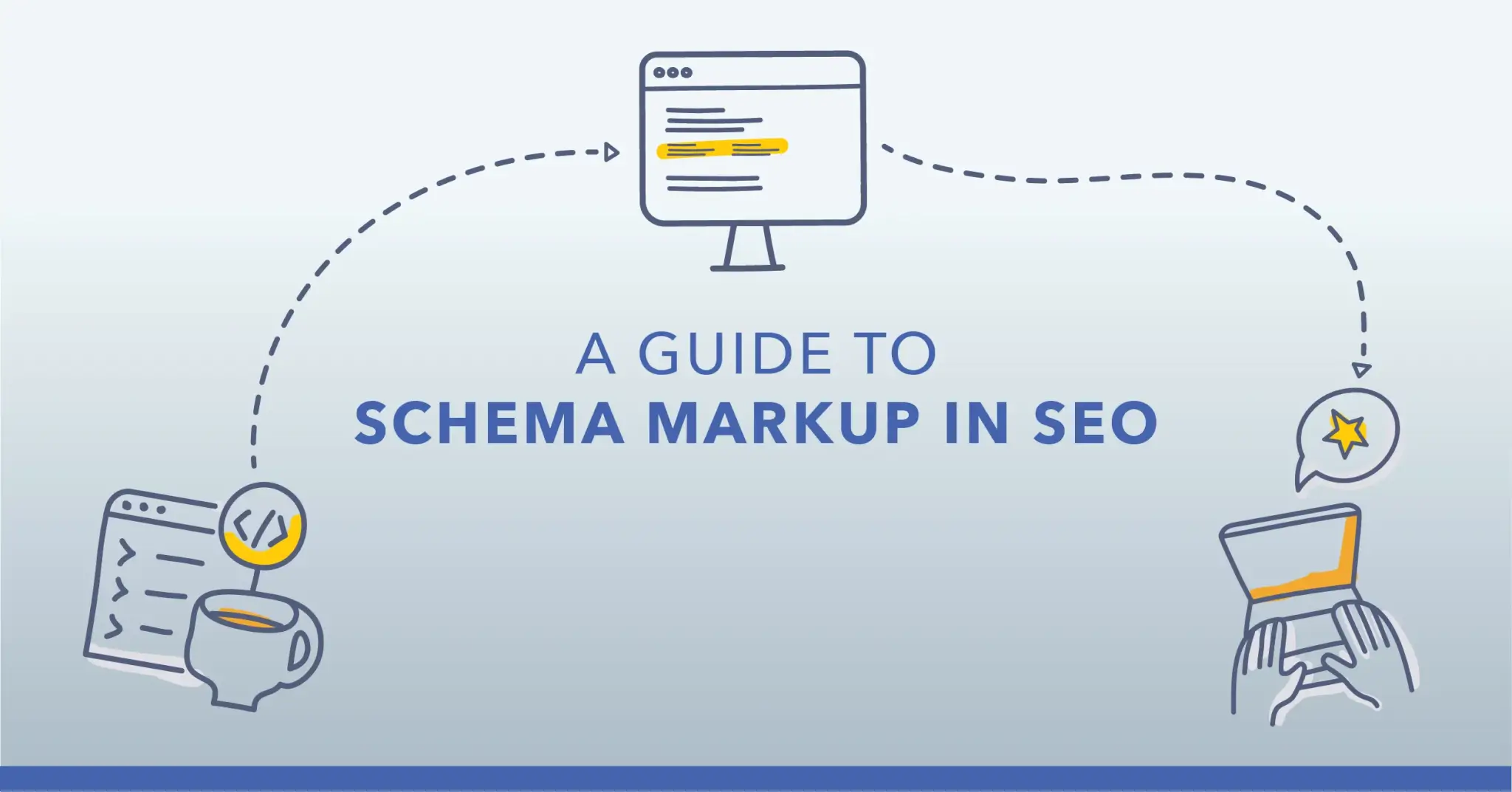When you’re thinking about an SEO strategy for your business it can be easy to get bogged down in the technicalities. How is the website’s architecture going to be structured? How do we build fast-loading, mobile-friendly pages that meet the Core Web Vitals? What’s the best way to implement schema markup?
These are all critical elements of an effective SEO project, but it’s important to understand that good old-fashioned words are one of the biggest contributors to site success too. Well-written, concise and informative copy gets your message across to customers, but it also gets it across to Google. And while there’s an awful lot of jargon and acronyms to learn in the optimisation process, the power of simple and clear wording still cuts through.
Here, we’ll explain exactly what SEO copywriting is, why it matters to your website and how to get the most out of it.
What is SEO copywriting?
SEO copywriting is exactly what the name suggests – creating copy for your web page that’s optimised to help it to rank higher in SERPs, by targeting valuable keywords and securing quality links. That could be anything from a paragraph of product copy to a search-led blog post or a specially designed piece of linkable content.
Whatever the type of page, it’s carefully planned and researched based on what your prospective customers are looking for online, and structured in a way that lays the foundations for continuing optimisation as the demands of the market – and Google – change.
What’s really crucial to SEO copywriting is writing sparkling copy that works on a technical level, but doesn’t appear to be trying. A page with reams of copy that visibly strains to work through an SEO checklist will inevitably trip up in its attempts to rank more highly, as Google’s algorithm will spot it a mile away. So will your customers.
Why is copywriting important in SEO?
Copywriting is arguably the key ingredient in SEO because it ties everything else together. It makes sure that your website remains first and foremost an eye-catching shop window with a strong tone of voice and a reputation for expertise, rather than turning it into a technical box-ticking exercise.
The SEO cogs might be constantly whirring under the bonnet, but on the face of it the most striking thing about your website is that it’s a really good read. Google’s algorithm and your customers will reward you for striking that balance, as you’ll see from your ranking and your conversions.
Focusing on writing copy that’s informative and readable – and has a personality – will make it easier to weave in those all important SEO elements organically. You can’t have one without the other, and the less you differentiate the more success you’ll have.
SEO copywriting best practices
It’s all very well to talk about focusing on the words and letting the SEO follow, but aiming to do that from the very beginning is key. This isn’t about writing whatever you like and slotting the optimisation bits in afterwards – yes, your writing should be well-crafted and enjoyable to read but it’s got to be structured around the technical needs of the page. That’s where good planning and best practices come in.
Ensure the copy matches the searchers’ intent
This is the whole aim of SEO copywriting, and is what sets it apart from plain old copywriting. There’s one thing that’s crucial to achieving it, and that’s keyword research. Your findings will give you a template for the copy you’re writing, whether it’s an in-depth blog post or a short piece of product copy.
You’ll know the exact words and phrases (whether they’re ‘short-tail keywords’ or ‘long-tail keywords’) that searchers are using, and the difficulty of ranking for them – giving you a list of priorities for what to include.
Adapt a tone of voice that matches your audience
Keyword research comes in useful here, too – because you need to understand not only what your customers are looking for but how they’re looking for it. If they’re searching “what’s the best way to boil an egg” rather than “correct egg boiling methods” then that’s what you need to be writing.
The more conversational you can be, the more likely you are to talk how your audience talks – but make sure it matches your brand’s tone of voice, too. If you’re a corporate accountancy firm, it’s important to sound like one.
Refrain from keyword stuffing
Keyword stuffing is the practice of including as many of the keywords from your research, as many times as possible, in your copy. It’s the kind of thing that you might have gotten away with in the earliest days of Google, but SEO has become far more sophisticated and the algorithm can spot keyword stuffing a mile off.
If you’re shoehorning your targeted phrase into every other sentence, not only will your page not rank but you could be penalised for it too with a drop in visibility.
Optimise your header, meta title and meta description
In traditional copywriting, you might bash out a few hundred words and come up with a title once you’ve given it a read through. In SEO copywriting, it’s the other way round – you need your header, meta title and meta description in place before you start.
There are two reasons for this – the first is that users will judge your page and whether it’s worth reading on the basis of your headers and meta description. They are the first thing they’ll see on the SERP, and often the last thing they’ll see too if they’re not good enough to warrant a click. So it’s never a good idea to treat them as an afterthought.
The second is that they give you a starting point for what you’re writing – making it easier to establish a clear tone of voice and come up with a structure that makes sense.
Ensure your content is easy to read with a good structure
Once you’ve found your keywords, established your tone of voice and set yourself on course with a suitable header and meta description, it can be easy to get carried away and write reams and reams of copy. Even if thousands of words are what you’re aiming for, before you know it you’ve got huge blocks of text that look unappealing to the reader and don’t communicate your message in a digestible way.
Breaking things up is key – and not just in the way you learned at school by starting a new paragraph every few sentences. In a blog post, H2s and H3s are a great way to separate the text into sections around specific topics, so the reader can easily find what they’re looking for. They also allow you to insert more of the questions that people are searching on Google, followed by clear and concise answers.
Use bullet points and numbered lists where it makes sense to break information down further – this helps make memorable content in an age where many of your readers could be scrolling distractedly through the text rather than studying every word.
Break up your content with imagery
This is an often-overlooked but crucial element to good SEO copywriting – again, it sets your writing apart from appearing like an essay, and helps break up the text by signposting relevant sections. You should also add captions or tags so that the message of the image isn’t totally lost if it doesn’t load on a slow device.
Carefully chosen imagery, rather than a few stock images thrown in at the last minute, helps to reinforce the message of your copy. It’s even better if you’ve got the resources to create things like infographics that further diversify the ways you’re delivering information and make it all the more visually appealing to the reader.
Include call-to-actions
The chances of you writing a standalone piece are slim – your writing, whether it’s an informational blog or a paragraph of sales copy, will be part of a carefully designed network of copy that extends right across your website. The more interlinked this can be, the better.
Call-to-actions are an easy and effective way to keep users moving around your website rather than losing them to a competing site (or to an absent-minded scroll through social media). The topics in your text will offer plenty of opportunities to invite users to other relevant parts of your site – and it’s a great way to increase the impact on conversions from a piece of copy that’s not directly selling your product or service.
Include relevant links with a relevant anchor text
Linking to other parts of your site isn’t the only linking you want to be thinking about in SEO copywriting. A few strong, directly relevant links to authoritative sources help to reinforce the reliability of your message, and your brand – but choose them carefully rather than stuffing too many links into the copy. In turn, these will help to interlink your site with others and generate valuable backlinks which can directly impact a page’s ranking.
You should also think about the anchor text that you’re using for the link – try to keep it to a few words and replicate the keyword that you’re targeting, as long as it flows naturally in the text and doesn’t feel like it’s been pasted on afterwards.
Putting SEO at the centre of your copywriting
When getting started in SEO copywriting it can be easy to focus too heavily on the SEO, or to write your copy in a more-or-less normal way and think about the SEO afterwards. But by relying on best practices and understanding how SEO can complement your writing rather than taking away from it, you can combine the two into something that’s far more successful for your brand – and a far better read.







































